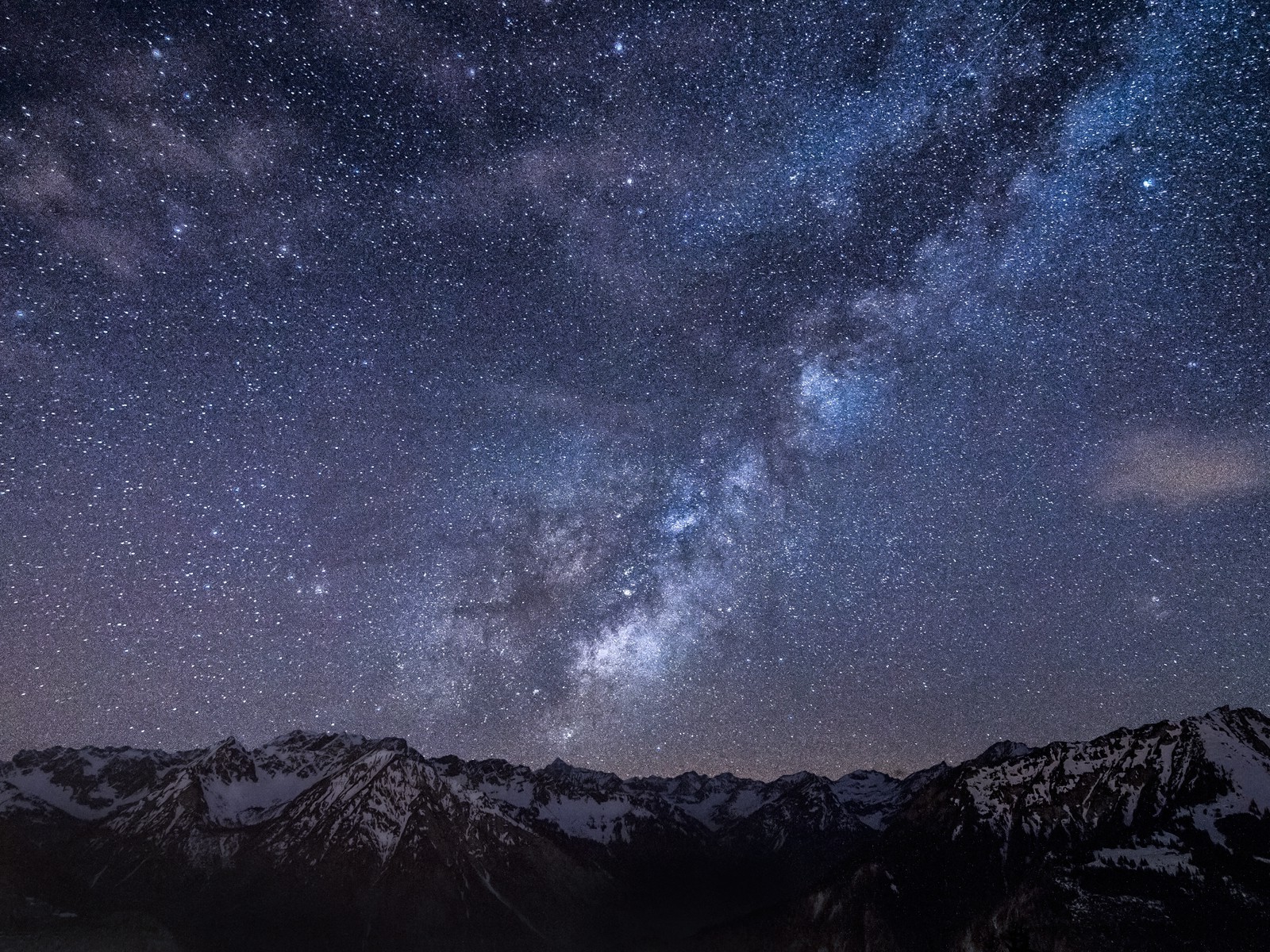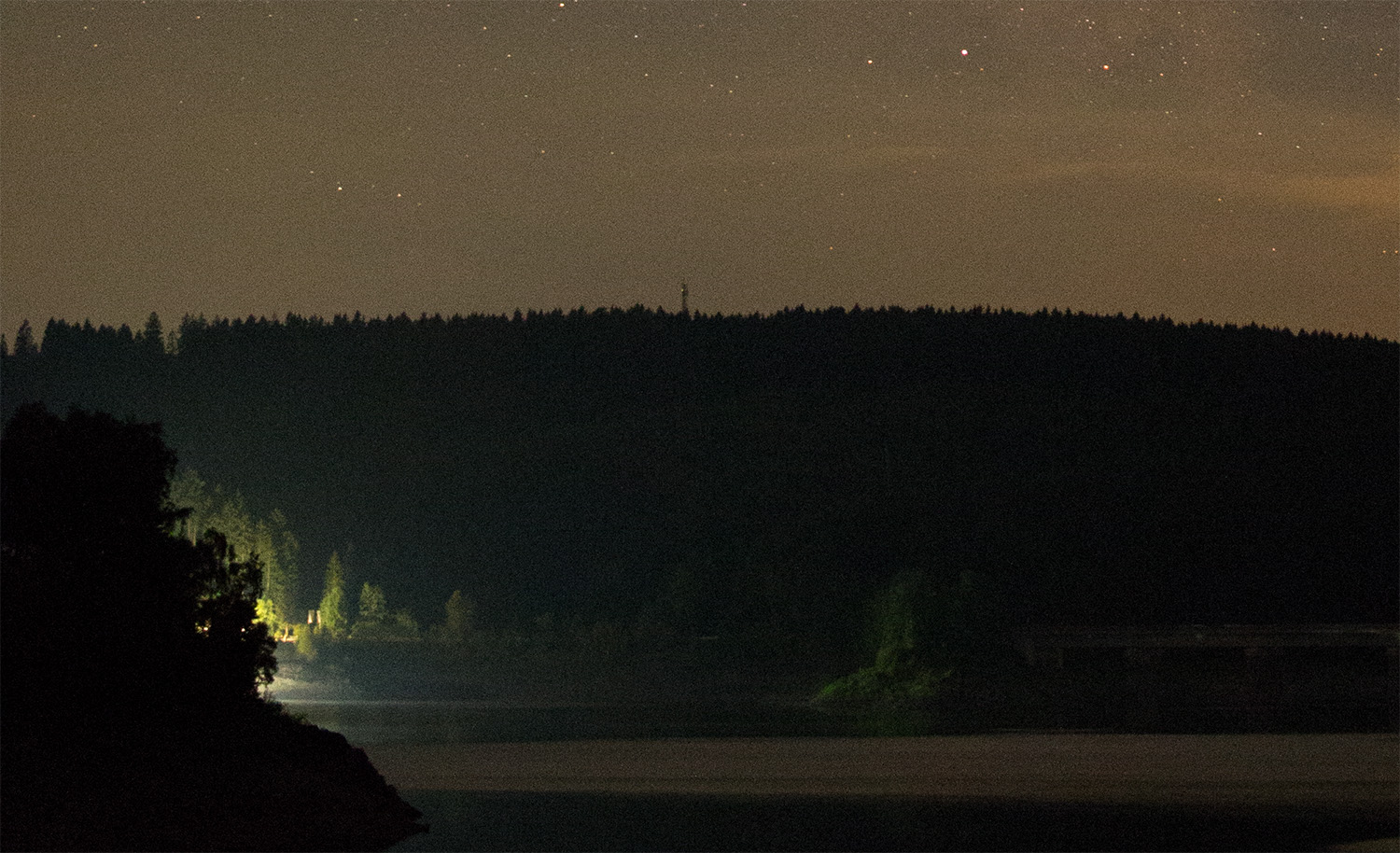- Starry Landscape Stacker Mac Free Trial
- Starry Landscape Stacker Alternative Mac
- Starry Landscape Stacker For Mac
- Starry Landscape Stacker Mac Crack
Starry Sky Stacker is Starry Landscape Stacker brother and it has been created to stack deep sky astrophotography images. As Starry Landscape Stacker, Starry Sky Stacker is very easy to use and intuitive, although very basic. If you are a casual star shooter and a Mac user, this could be a good choice for you. I like Starry Landscape Stacker and Starry Sky Stacker for Mac. Both easy to use and inexpensive. Good results without a lot of fussing with settings. If you stick with the hobby, you can gradually learn to use more complicated software to make the photons dance to your tune.
20 images of Joshua trees stacked with Sequator
For quite some time astrophotographers have used a program called Deep Sky Stacker to align and combine multiple starry images and create a better result. Landscapes present a particular challenge, aligning the stars as they move through the sky would blur the landscape portion of the image. So programs have been created to stack the starry sky while masking and preserving the static landscape.
On a Mac, there’s Starry Landscape Stacker. On a PC, there’s Sequator. I recently built a fast Windows PC, so I downloaded Sequator to see how it performed. We capture star trails sequences of the Methodist Church on most of our workshops in Bodie, so that was a natural subject to start with.
Next I had to try something a little more interesting, like a Milky Way reflection. I noticed that the program has an HDR setting, so I pointed it at three bracketed Milky Way shots taken one stop apart in exposure.
It turned out really well for a first pass. I had to process the reflection and the sky separately, since the stars move in different ways in each, then merge the results.
Then I tried stacking 20 files from a single-exposure star trails or time-lapse sequence, shot later that night at a different focal length:
Not all of my star reflection shots worked. My sense is that you need enough stars to make the alignment work, and the physics is such that you don’t always get enough reflected stars to pull that off.
Obviously I’ll gain experience and be able to fine tune the process and results, but the initial results are very encouraging. Some of these were time-lapse or star trails sequences that I re-processed to produce a single image result for the first time. Others were two or three adjacent shots. How many images are needed at a minimum? How many optimum? Are different exposures needed for the foreground landscape? How many and at what settings? Should we shoot an HDR bracket, a sequence of images, or both: multiple HDR brackets?
Starry Landscape Stacker Mac Free Trial
The goal will be to get better results without too much impact on valuable night shooting time. I already have some ideas on how we might adjust our nighttime shooting practices, especially for those precious hours we have when we get permits to shoot at night in Bodie.
Since I originally wrote this post we’ve had a few night photography workshops in Bodie (see link above for info). That has given us the opportunity to test and develop lighting methods. We’ll be adapting our shooting and post-processing approach to still allow single image results while also accommodating a new workflow for people who want better, lower noise results.
I’m also trying faster lenses and various sensors, the Nikkor 20mm f/1.8 on the Nikon D850, Canon EF 24mm f/1.4 on the Canon EOS 5D Mark IV, and so on. I’m looking forward to bringing more photographers out there this summer (schedule). We also shoot the High Sierra in Yosemite along Tioga Pass Road:


We will also test various techniques for desert locations that often involve more heat and sensor noise during Milky Way season, such as the California desert and high desert locations in Nevada:
Starry Landscape Stacker Alternative Mac

Starry Landscape Stacker For Mac

Starry Landscape Stacker Mac Crack
Our newest edits are looking best, so we’re gradually learning what we can pull off with the new workflow, from image capture to post-processing. We’re incorporating this into our shooting and post-processing flow for our workshops. We also hope to add Zoom calls soon to demonstrate and discuss what we’ve learned. Contact us to receive details when we’re ready to launch.